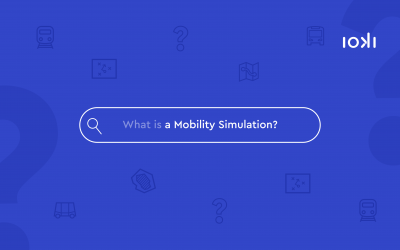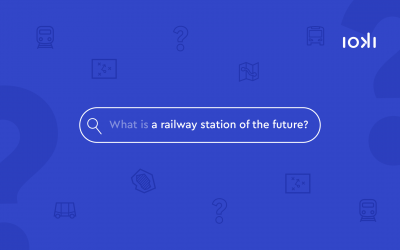During the development of the local public transport plan, spatial and legal framework conditions are examined in order to guarantee better mobility for the respective area. This includes, for example, the requirements for precise routes, the frequency of lines, the location and equipment of stops, the features of vehicle fleets and much more. In Germany, the legal bases are the public transport law of the respective federal state, the Passenger Transport Act (PBefG) and the Regulation (EG) on Public Passenger Transport Services by Rail and Road (No. 1370/2007).
A local transport plan is intended to unite the interests of cities and municipalities, the transport companies and the population to be able to offer passengers a service that meets their demands. The local transportation plan serves to secure and improve public transportation to guarantee mobility as a service of general interest. Thus, in it a minimum standard for the service, the anticipated financial requirements, including possible investment costs, and the transport charges are documented. In addition, among other things, regulations on employment conditions and statistical trends and forecasts of how passenger volumes will develop can be included. Local transport plans are regularly updated and adapted to the current needs of passengers.



